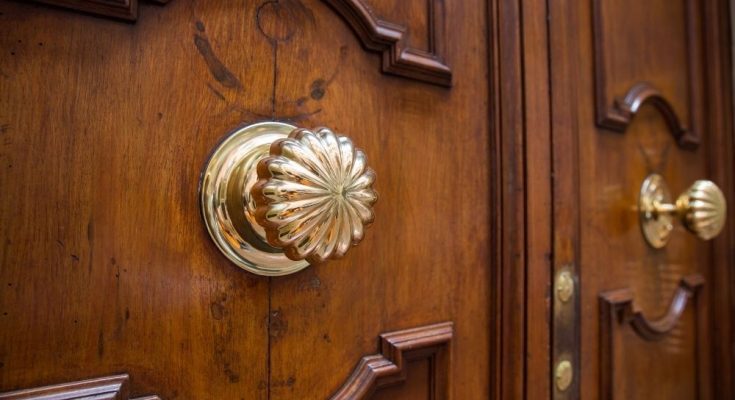There are so many options to choose from when it comes to finishes for your home fixtures. Some finishes are easier to tell apart than others; for example, stainless steel has a much different appearance than a gold finish. On the other hand, many homeowners confuse bronze and brass when choosing a finish. Here are some of the differences between brass and bronze finishes and the pros and cons of each metal.
Qualities of Brass
Even within the brass category itself, there are many different types of brass finishes. Brass is typically characterized by its shiny, golden color and polished finish. However, there are also duller brass finishes and finishes with purposeful wear and texture applied to them. This is when it can be difficult to spot the differences between brass and bronze finishes. Some of the other common types of brass finishes include antique brass, satin brass, brushed brass, and unlacquered brass.
Qualities of Bronze
Bronze materials also have a wide variety of finish options. One of the most common bronze finishes is oil-rubbed bronze, which has a dark, almost black coloration with hints of bronze coloring. Aged bronze is another popular option, combining the look of natural wear and tear. Bronze is a highly durable, corrosion-resistant material.
Their Differences
One of the ways to tell brass and bronze apart is through their coloring. Most often, brass has a yellow hue to it, while bronze leans more toward reddish-brown. In terms of quality, bronze is more porous than brass, which can lead to more wear and tear as well as more shrinkage over time. On the other hand, unpolished or unlacquered brass does require more care and maintenance than bronze.
These are some of the main qualities of and differences between brass and bronze finishes. If you’re planning to refinish your bathroom, kitchen, or other home fixtures, take these qualities and differences into consideration.
Additional Resources:



